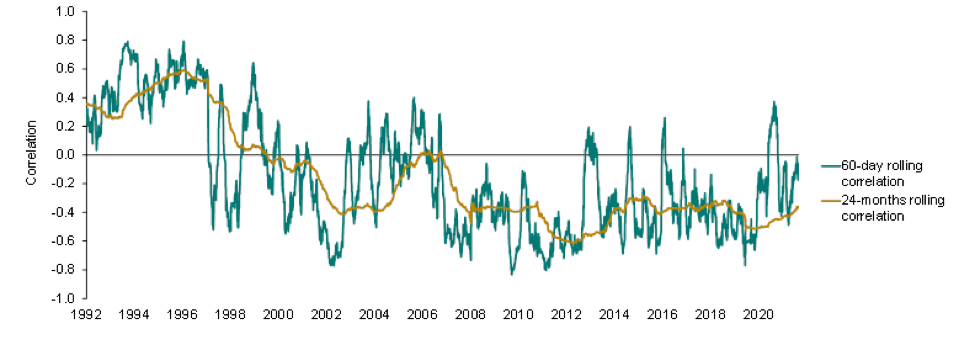 A growing number of Investors like buying Stocks without a Broker because they’re able to avoid possible Conflicts of Interest and Save on Broker Fees. However, it’s especially important to know what to Buy if you’re not using a Broker
A growing number of Investors like buying Stocks without a Broker because they’re able to avoid possible Conflicts of Interest and Save on Broker Fees. However, it’s especially important to know what to Buy if you’re not using a Broker
Many investors assume their broker is honest and has their best interests at heart; if this proves to be untrue, they will shop for better stock trading advice from a new broker. Of course, many investors decide on buying stocks without a broker. That can be a successful strategy if you choose the best options for your investment temperament—using our Successful Investor approach.
Buying stocks without a broker: Why it might be a smart move for some investors
As any good stock broker or experienced investor can tell you, bad brokers are all too common. By “bad brokers,” we mean those who put their own interests above that of their clients. Keep in mind, however, that most bad brokers do this in a perfectly legal fashion, by catering to their clients’ whims and weaknesses.
Here are three main practices that bad stock brokers often practice:
- Aiming for stability rather than growth
- Double dipping
- Stressing low-risk, low-return, high-fee structured products in client accounts
Additionally, you may have noticed that your broker sometimes uses unfamiliar words and phrases to describe investment concepts. Some of this stock broker jargon is simply shorthand that brokers use among themselves, to refer to familiar situations without having to go into any detail on the underlying concept. However, the concepts that these “broker-ese” words and phrases represent also serve to further the goals of the brokerage business.
If you find yourself thinking in broker-ese, you’ll naturally make assumptions that are in tune with the goals of your broker. They may be out of tune with yours.
Here’s one example: from time to time, your broker may advise you to sell a particular stock you own because it represents “dead money.” This doesn’t mean there’s anything wrong with the stock, or the company. Instead, your broker simply thinks the stock may only go sideways for a period of months or longer, producing no capital gains for you. So they naturally feel you should sell it and buy something with better short-term capital-gains potential. Continue Reading…







